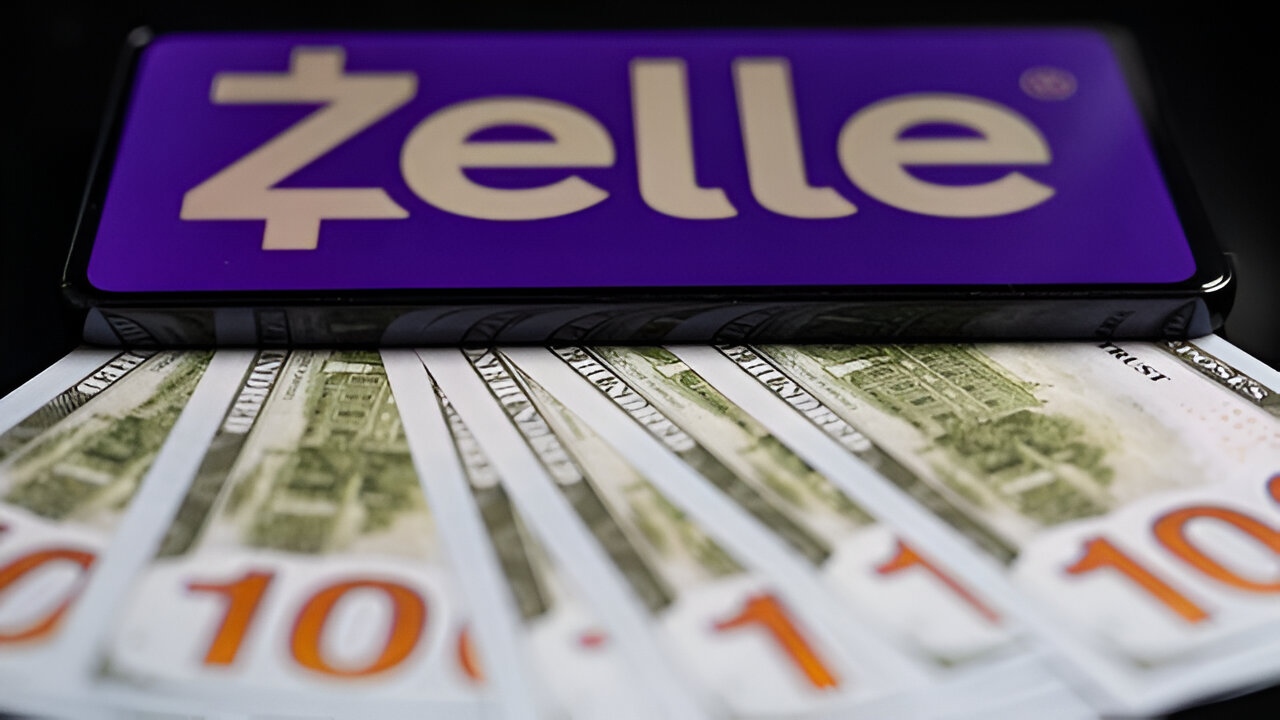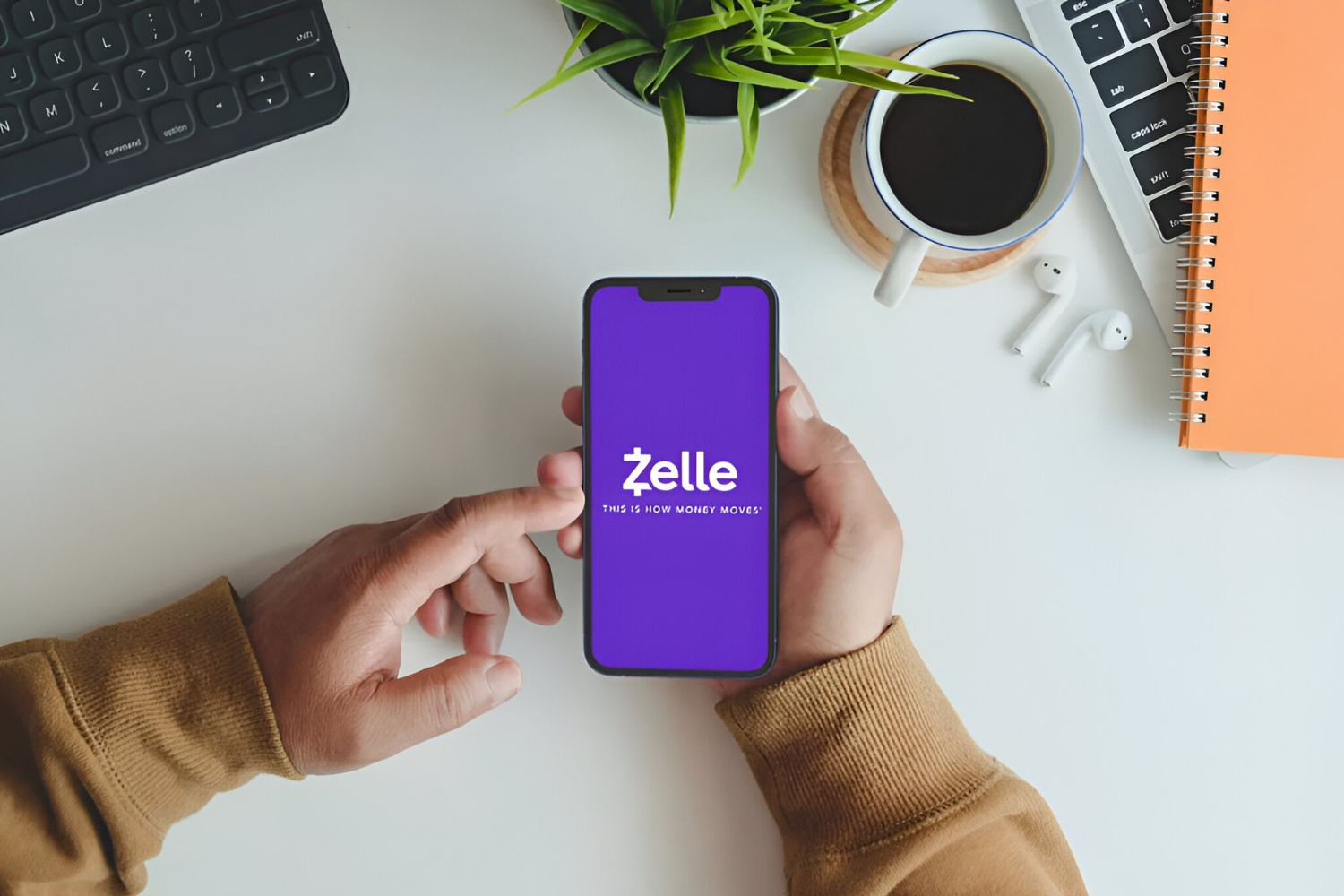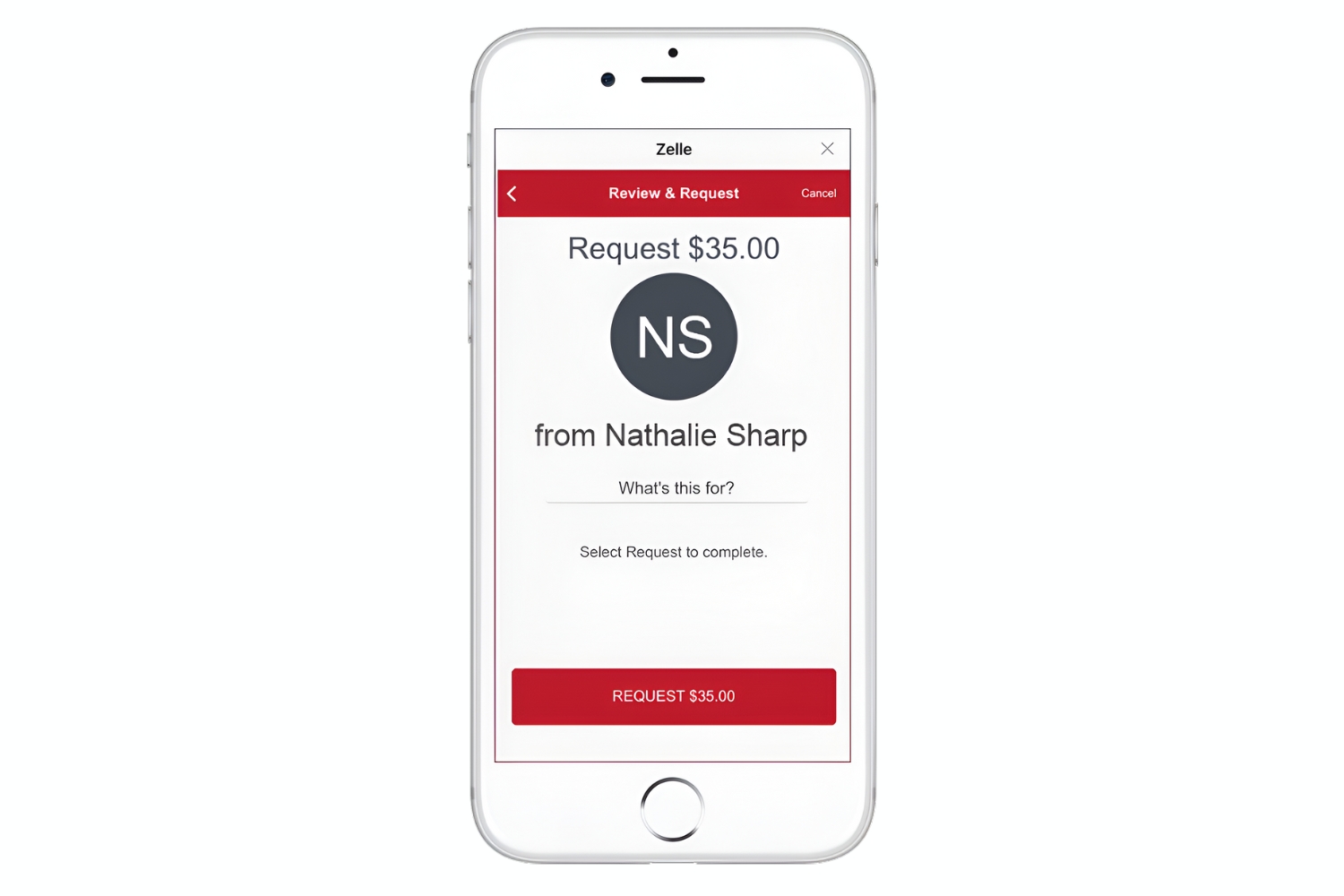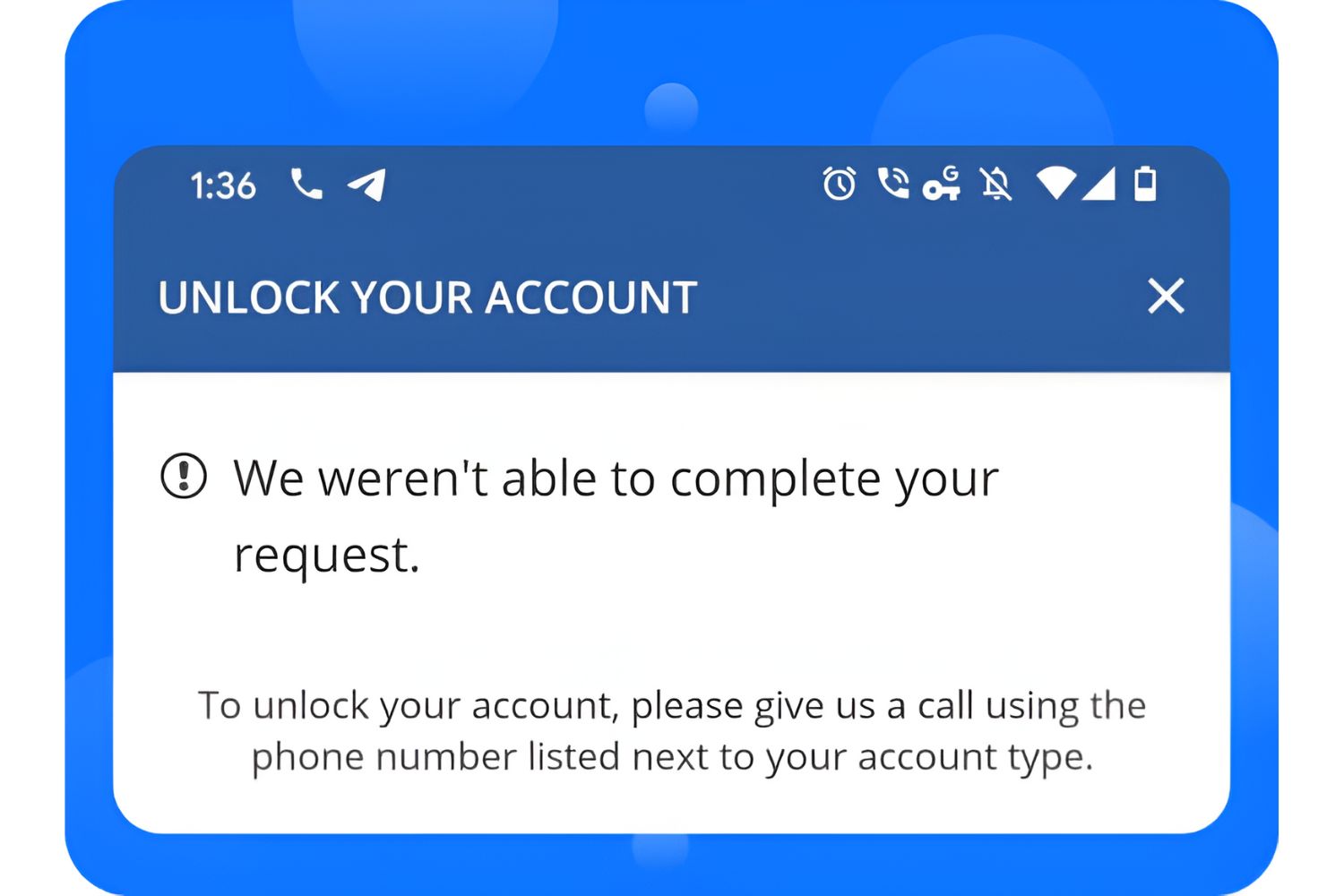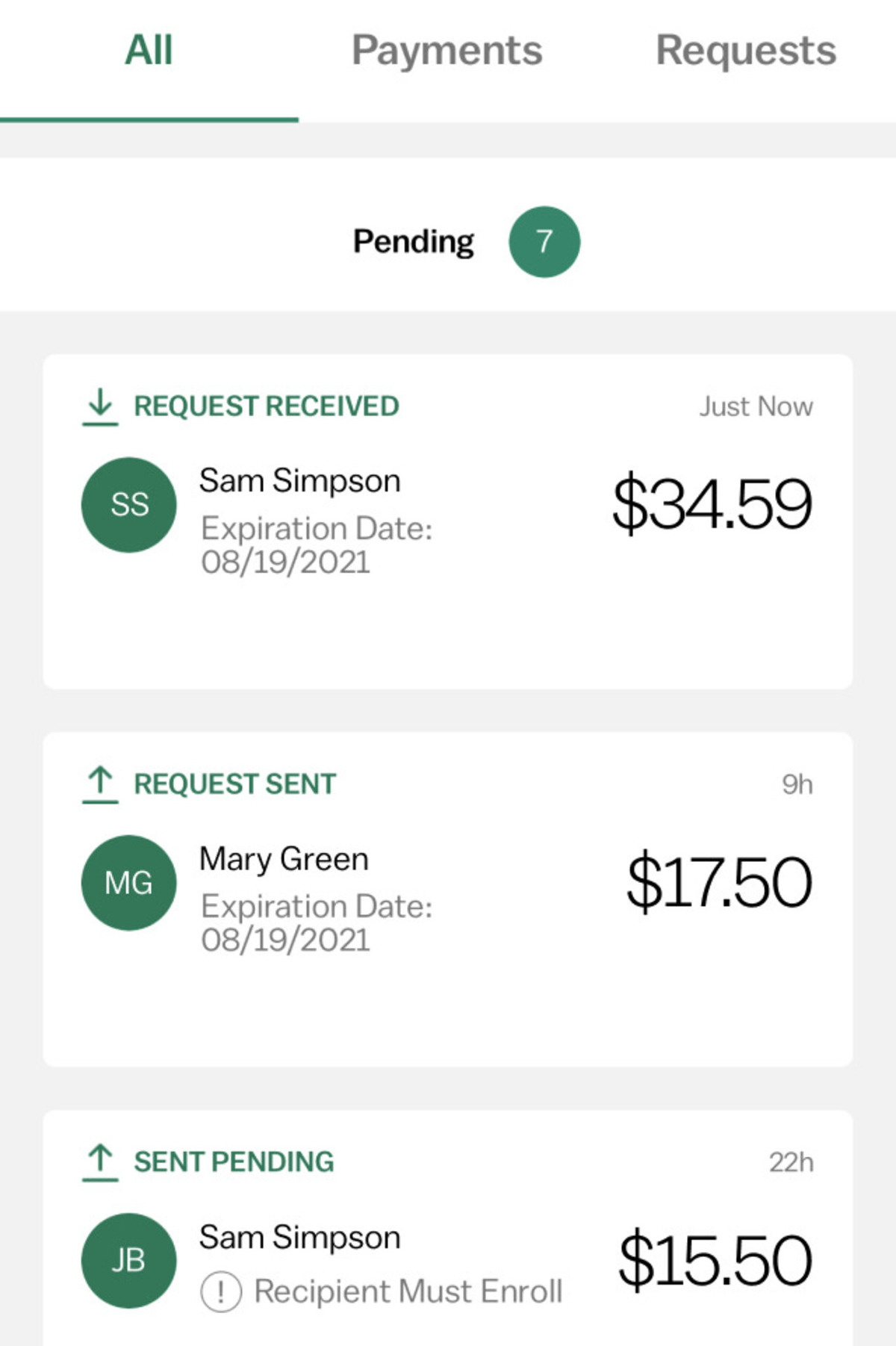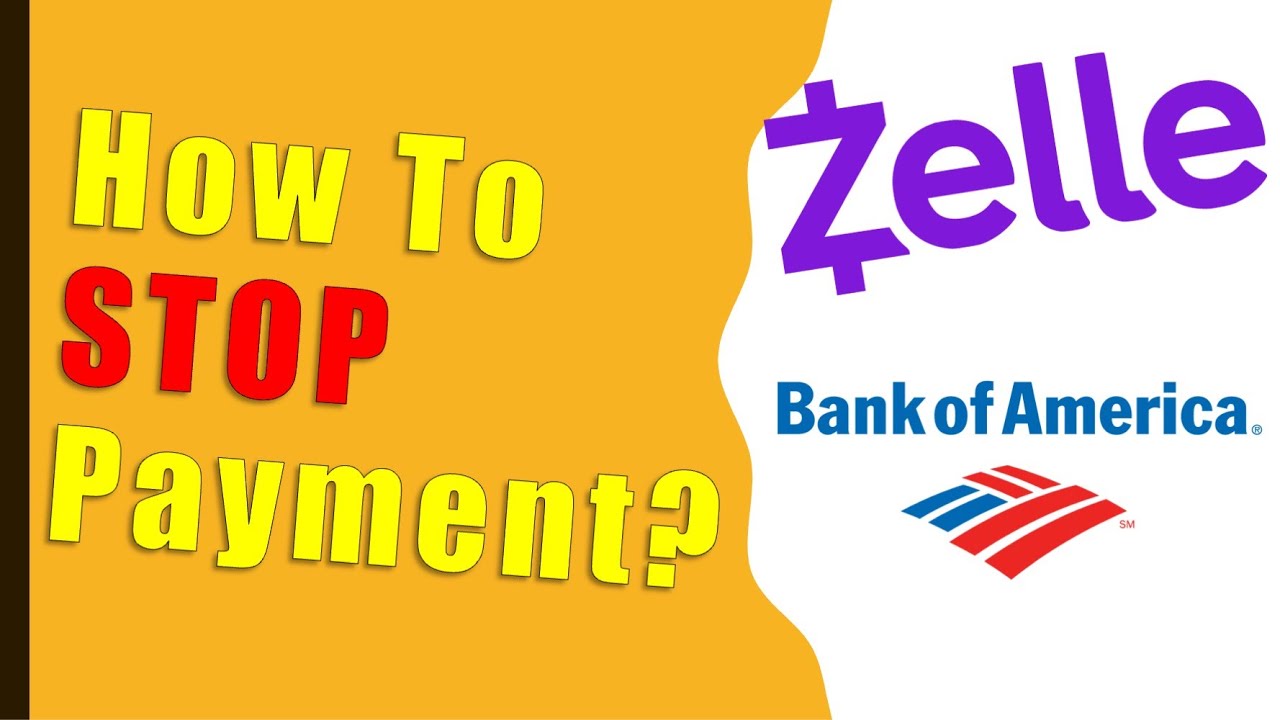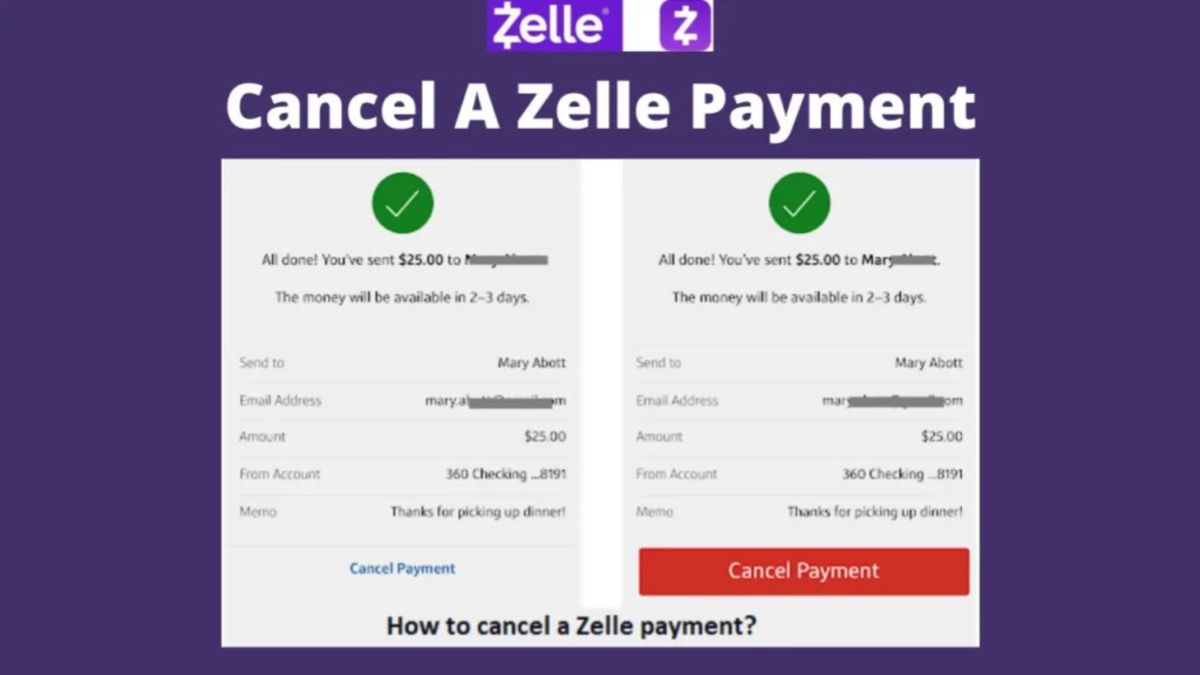Introduction
Zelle has become a popular way to send and receive money quickly and securely. With just a few taps on your smartphone, you can transfer funds to friends, family, or even pay your share of the bill at a restaurant. However, what happens if you accidentally send money to the wrong number? This can lead to a host of concerns and uncertainties.
In this article, we’ll explore the risks of sending money to the wrong number through Zelle and the steps you can take to resolve the situation. We’ll also discuss how Zelle works and provide tips on preventing future mistakes. So, if you’ve ever wondered what happens if you Zelle the wrong number, read on to gain a better understanding of this potential issue and how to handle it.
It’s essential to be cautious when using any financial service, especially when dealing with sensitive personal information. While Zelle offers convenience and ease, it’s crucial to double-check the recipient’s information before confirming a payment. However, mistakes happen, and it’s essential to know what actions you can take to rectify them.
Whether it’s a simple typing error or selecting the wrong recipient from your contact list, sending money to the wrong number can cause anxiety and frustration. Don’t worry, though; there are steps you can take to try and resolve the situation. Keep in mind that time is of the essence, so it’s crucial to act as quickly as possible to increase the chances of retrieving your funds.
What is Zelle?
Zelle is a digital payment service that allows users to send and receive money directly from their bank accounts using their mobile devices or online banking platforms. It was established as a partnership between several major banks in the United States to provide a convenient and secure way to transfer funds.
Unlike other payment apps, Zelle operates within the existing banking infrastructure and is integrated into the mobile banking apps and websites of participating banks. This eliminates the need to download a separate app or create a new account, making it easy for users to start using Zelle.
With Zelle, users can quickly send money to friends, family, or anyone who has a U.S. bank account and a registered mobile phone number or email address. The funds are typically transferred instantly and can be used by the recipient immediately.
To get started with Zelle, you need to have a bank account with a participating financial institution. Once you have enrolled in Zelle through your bank’s app or website, you can link your phone number or email address to your account. This information will be used to identify and verify your transactions.
One of the key benefits of using Zelle is that it eliminates the need for cash or checks, making it a convenient and contactless way to transfer money. Whether you’re splitting the cost of a meal, paying rent to a roommate, or sending a gift to a loved one, Zelle provides a simple and efficient way to handle your financial transactions.
It’s important to note that while Zelle is widely available, not all banks participate in the service. Before using Zelle, check with your bank to ensure that it offers Zelle and that you have the necessary account requirements to use the service.
How does Zelle work?
Zelle works by leveraging the existing infrastructure of participating banks to facilitate peer-to-peer money transfers. When you initiate a payment through Zelle, the service securely communicates with your bank to initiate the transfer directly from your account to the recipient’s account.
To use Zelle, you typically need to have a bank account with a participating financial institution. Once you have linked your phone number or email address to your Zelle account, you can start sending money to recipients who also have a registered phone number or email address.
Here’s a step-by-step breakdown of how Zelle works:
-
Set up Zelle: Enroll in Zelle through your bank’s mobile app or online banking platform. You may need to provide your phone number or email address to verify your identity.
-
Choose recipient: Select the person you want to send money to from your contact list or manually enter their phone number or email address.
-
Enter payment details: Specify the amount you want to send and include any relevant notes or descriptions to accompany the payment.
-
Confirm payment: Before finalizing the transaction, double-check the recipient’s information, payment amount, and any accompanying details to ensure accuracy.
-
Transaction processing: Zelle communicates with your bank to initiate the transfer. The funds are debited from your account and deposited into the recipient’s account.
-
Notifying the recipient: The recipient is notified of the incoming payment via a push notification or email. They can then accept the payment and deposit the funds into their bank account.
It’s important to note that while Zelle facilitates the transfer of funds, it does not offer buyer or seller protection for commercial transactions. Zelle is primarily designed for sending money to friends, family, or trusted individuals.
Security is a priority for Zelle, and it utilizes encryption and other security measures to protect your personal and financial information. However, it’s always important to be cautious and only send money to individuals you trust.
The risks of sending money to the wrong number
Accidentally sending money to the wrong number can have several potential risks and consequences. Here are some of the key risks associated with this situation:
-
Loss of funds: Sending money to the wrong number means that the funds are in the hands of the unintended recipient. Unless you can rectify the situation, it may be challenging to recover the funds.
-
Unauthorized access: If you mistakenly send money to an unknown or unauthorized individual, there is a risk that they could misuse your personal and financial information.
-
Delayed resolution: Resolving a mistaken payment can often take time and effort. You may need to work with your bank, contact the recipient, or potentially involve law enforcement to ensure a proper resolution.
-
Stress and frustration: Accidentally sending money to the wrong number can cause significant stress and frustration. It can disrupt your financial plans and create uncertainty about the security of your funds.
It’s important to note that Zelle transfers are typically processed immediately, and the recipient can access the funds right away. This means that if you send money to the wrong number, there may be a need for quick action to prevent further complications.
Fortunately, there are steps you can take to try and resolve the situation. However, it’s crucial to act promptly and remain proactive to increase the likelihood of a successful resolution.
Next, we’ll explore whether it’s possible to cancel a Zelle payment to the wrong number and the steps you can take to address the issue.
Can you cancel a Zelle payment to the wrong number?
If you’ve accidentally sent money to the wrong number through Zelle, you may wonder if it’s possible to cancel the payment and retrieve your funds. Unfortunately, once a payment is sent through Zelle, it’s generally not possible to cancel or reverse the transaction.
Unlike traditional banking systems, Zelle transfers are typically instant and irreversible. Once the funds are transferred to the recipient’s account, you no longer have control over the transaction.
However, there are still steps you can take to try and resolve the situation:
-
Contact the recipient: If you have the contact information of the unintended recipient, it’s worth reaching out to them directly. Explain the situation politely and provide any necessary details to request the return of the funds.
-
Ask for assistance from your bank: Contact your bank as soon as possible to report the mistaken payment. They may be able to provide guidance and support in contacting the recipient’s bank. However, keep in mind that their ability to assist will depend on various factors, such as the recipient’s cooperation and the time elapsed since the transaction.
-
Consider involving law enforcement: If you believe that the recipient is not cooperating or you suspect fraudulent activity, you may want to file a report with local law enforcement. Provide them with all the relevant information, including transaction details and any communication with the recipient.
While there’s no guarantee of a successful outcome, pursuing these steps increases your chances of recovering the funds. It’s important to remain patient and persistent throughout the resolution process.
Additionally, it’s worth noting that some banks may offer additional protection or dispute resolution services for unauthorized transactions. Contact your bank to inquire about any potential options available to you.
Remember, prevention is key to avoiding situations like this in the first place. Next, we’ll discuss some preventative measures you can take to minimize the risk of sending money to the wrong number through Zelle.
Steps to take if you send money to the wrong number
Accidentally sending money to the wrong number can be a stressful situation, but there are several steps you can take to address the issue and increase the chances of resolving it successfully:
-
Double-check the recipient’s information: Before initiating a payment, ensure that you have entered the correct phone number or email address. Take your time to verify the details to minimize the risk of errors.
-
Contact the recipient immediately: If you realize that you’ve sent money to the wrong number, it’s crucial to contact the recipient as soon as possible. Politely explain the situation and kindly request that they return the funds.
-
Take screenshots and gather evidence: Document the transaction details, including the amount sent, the date, and any communication with the recipient. Take screenshots of the payment confirmation and any relevant messages exchanged with the unintended recipient.
-
Report the issue to your bank: Get in touch with your bank’s customer service immediately to report the mistaken payment. Provide them with all the necessary details and evidence you have gathered. They can guide you on the next steps and assist in contacting the recipient’s bank.
-
Follow your bank’s instructions: Your bank may require you to fill out a dispute form or provide additional documentation. Cooperate with your bank and follow their instructions promptly to facilitate the resolution process.
-
Keep a record and follow up: Maintain a record of all communication with your bank, including the date and time of your conversations. Follow up with them periodically to check on the status of the investigation and demonstrate your commitment to resolving the issue.
-
Consider involving law enforcement: If the recipient is uncooperative or you suspect fraudulent activity, you may want to file a police report. Provide them with all the relevant information, including transaction details and any evidence you have gathered.
Remember, the success of recovering the funds will depend on various factors, including the recipient’s cooperation and the actions taken by your bank. It’s crucial to act swiftly and remain persistent throughout the process.
Prevention is key to avoiding such situations in the future. In the next section, we’ll discuss some measures you can take to minimize the risk of sending money to the wrong number through Zelle.
Contacting your bank
If you’ve sent money to the wrong number through Zelle, one of the most important steps you can take is to contact your bank as soon as possible. Your bank can provide guidance and potentially assist in resolving the issue. Here’s what you should do:
-
Call your bank’s customer service: Look for the contact information of your bank’s customer service department and give them a call. Explain the situation and provide all the relevant details, including the transaction amount, the recipient’s information, and any evidence you have gathered.
-
Follow the bank’s instructions: Your bank’s customer service representative will guide you on the next steps to take. They may ask you to fill out a dispute form, provide additional documentation, or initiate an investigation into the matter. Follow their instructions promptly and provide any requested information to facilitate the resolution process.
-
Keep a record of your communication: Take note of the date and time of your conversation with the customer service representative. Keep a record of the case or reference number provided to you. This information will be helpful for future reference and to ensure accountability.
-
Follow up with your bank: If your bank initiates an investigation, inquire about the progress periodically. Follow up with them to check on the status of your case and provide any additional information they may need. Demonstrating your commitment to resolving the issue can help expedite the process.
-
Cooperate fully: Be cooperative and responsive throughout the resolution process. Promptly provide any requested documents or information to your bank to ensure a smooth investigation. The more proactive you are, the better the chances of a successful resolution.
It’s important to note that the resolution process may take some time, and there’s no guarantee of a favorable outcome. However, by contacting your bank and following their instructions, you are taking the necessary steps to rectify the situation and potentially recover the funds.
In the event that you encounter any challenges or feel that your concerns are not being addressed adequately, consider escalating the issue within your bank or exploring additional avenues for assistance, such as involving financial ombudsmen or regulatory authorities.
Next, we’ll discuss some preventive measures you can take to minimize the risk of sending money to the wrong number through Zelle.
Escalating the issue if necessary
If you’ve contacted your bank regarding a mistaken Zelle payment and feel that your concerns are not being adequately addressed, you may need to escalate the issue. Here are some steps you can take to escalate the matter if necessary:
-
Speak to a supervisor: If you’re not satisfied with the assistance provided by the initial customer service representative, ask to speak to a supervisor. They may have a higher level of authority and be able to offer additional solutions or escalate the issue internally.
-
Submit a formal complaint: If the supervisor doesn’t address your concerns or you feel the need for further action, consider submitting a formal complaint to your bank. Most banks have a designated channel for complaints, such as a specific email address or online complaint form. Clearly outline the details of the situation and express your dissatisfaction with the handling of the matter.
-
Consult financial ombudsmen: In some countries, there may be financial ombudsmen or regulatory authorities that oversee the banking sector. Research if such organizations exist in your jurisdiction and consider contacting them for guidance or to file a complaint if necessary. They can provide an independent review of your case and potentially assist in resolving the issue.
-
Consider legal options: If all else fails and the amount involved is substantial, you may need to consult with legal professionals experienced in consumer banking issues. They can help you understand your rights and explore the possibility of taking legal action against your bank or the recipient of the mistaken payment.
When escalating the issue, it’s important to remain calm, professional, and persistent. Clearly communicate your concerns and be prepared to provide any evidence or documentation that supports your case.
Remember that each bank may have its own escalation process and timelines for addressing complaints. Be prepared for the possibility that resolution may take some time, but don’t hesitate to advocate for yourself and seek a fair resolution.
While escalation may be necessary in some cases, it’s important to exhaust all possible options for resolution with your bank before pursuing more drastic measures. Most banks strive to provide satisfactory customer service and are willing to work with their customers to find a solution.
Next, we’ll discuss some preventive measures you can take to minimize the risk of sending money to the wrong number through Zelle.
Preventing future mistakes with Zelle
While it’s crucial to know how to address a mistaken payment through Zelle, it’s even more important to prevent such mistakes from happening in the first place. Here are some preventive measures you can take to minimize the risk of sending money to the wrong number:
-
Double-check recipient details: Before initiating a payment, carefully verify the recipient’s phone number or email address. Take your time to enter the information accurately to avoid any errors.
-
Save recipients as favorites: If you frequently send money to certain individuals, add them as favorites or add their contact information to your address book within the Zelle app or your mobile banking app. This reduces the likelihood of mistyping or selecting the wrong recipient.
-
Be cautious with autofill: While autofill features can save time, use them with caution when entering recipient details. Double-check that the correct information is populated before proceeding with the transaction.
-
Review payment details: Before confirming a payment, review the transaction details, including the recipient’s name, the payment amount, and any accompanying notes or descriptions. Pay attention to any warning signs, such as unfamiliar names or unusual requests.
-
Enable additional security features: Some banks offer additional security measures for Zelle transactions, such as two-factor authentication or personalized security questions. Consider enabling these features for added protection.
-
Keep your contact list updated: Regularly review and update your contact list to ensure that the information of your frequent recipients is accurate and up to date. Remove any outdated or unused contacts to minimize the risk of selecting the wrong recipient accidentally.
-
Stay vigilant against scams: Be aware of common scams and social engineering tactics. Fraudsters may try to impersonate trusted individuals to trick you into sending money. Always verify requests for money before proceeding with any transaction.
-
Monitor your transactions: Regularly review your banking statements and transaction history to spot any unauthorized or suspicious activity. If you notice any discrepancies, report them to your bank immediately.
By adopting these preventive measures and practicing vigilance, you can minimize the chances of making mistakes when using Zelle and ensure a more secure and seamless experience.
Remember, mistakes can still happen despite our best efforts. In the event that you do send money to the wrong number, refer to the earlier sections of this article for guidance on resolving the issue.
Now that you have a better understanding of Zelle and how to prevent and address mistakes, you can use the service with confidence and convenience.
Conclusion
Zelle offers a convenient and efficient way to send money to friends, family, and others with just a few taps on your smartphone. However, accidents happen, and you may find yourself in a situation where you’ve sent money to the wrong number. While it may be challenging to reverse the transaction, there are steps you can take to address the issue.
If you realize you’ve made a mistake, act quickly. Contact the unintended recipient, reach out to your bank, and provide all the necessary information to initiate the resolution process. Keep records of your communication and follow up regularly to ensure your case progresses.
Prevention is key to avoiding such mistakes in the first place. Double-check recipient details, save frequent recipients as favorites, and review payment details before confirming a transaction. Enable additional security features offered by your bank to safeguard your transactions.
In rare cases where your concerns are not adequately addressed, escalate the issue within your bank or consider involving financial ombudsmen or regulatory authorities. Legal options may be pursued if necessary.
By adopting preventive measures and being vigilant, you can minimize the risk of sending money to the wrong number and ensure a secure experience with Zelle. Remember to monitor your transactions and stay aware of potential scams.
While the process of resolving a mistaken Zelle payment may take time and effort, it’s important to remain patient and persistent. With the right steps and proactive approach, there’s a chance of retrieving the funds and rectifying the situation.
As with any financial transaction, it’s crucial to exercise caution and double-check all details. With that in mind, you can continue to enjoy the convenience and efficiency that Zelle offers when it comes to transferring money quickly and securely.









